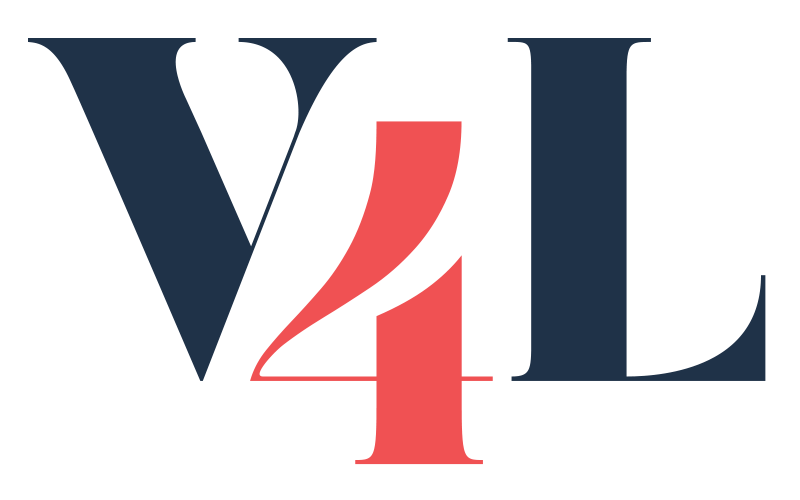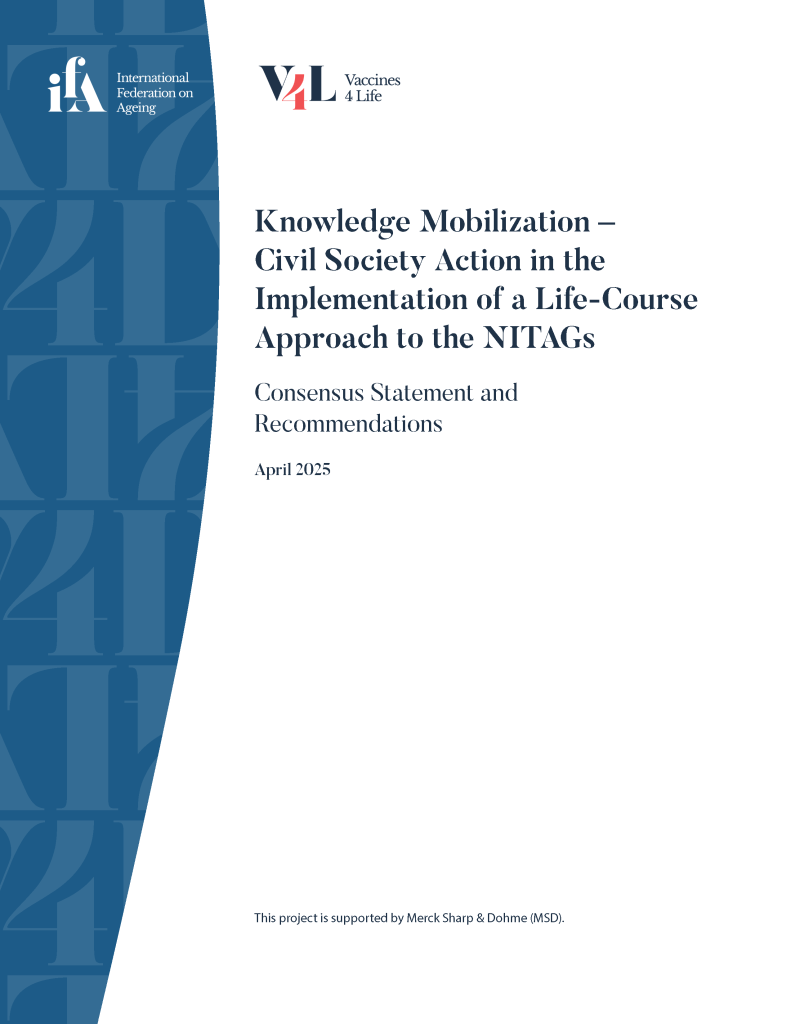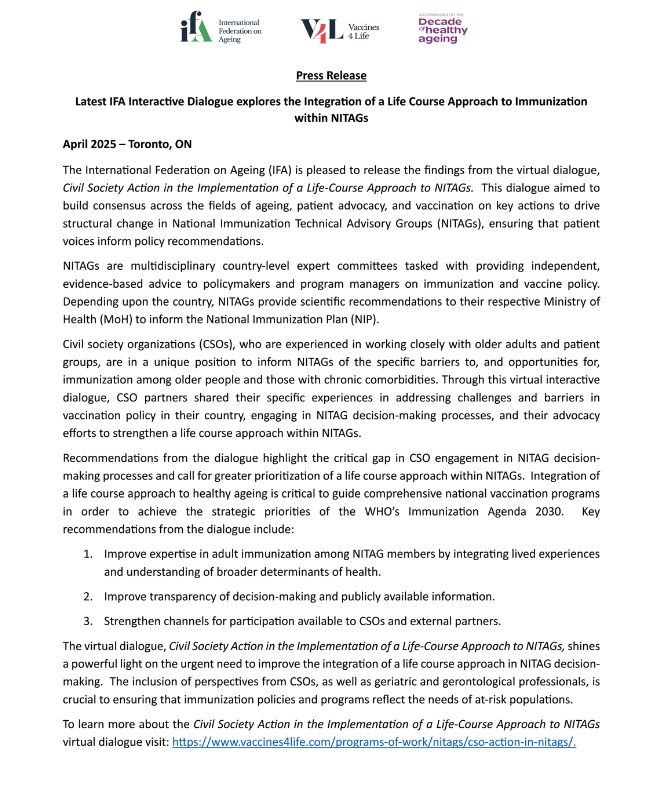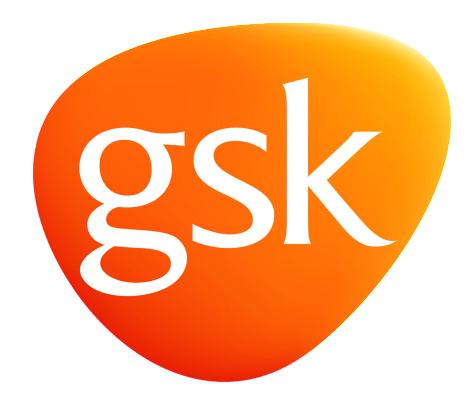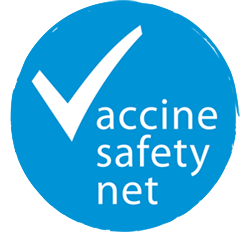Civil Society Action in NITAGs
While immunization programs in many countries have generally focused on pediatric populations, older people and those with chronic medical conditions constitute the largest at-risk populations for serious life-threatening complications from vaccine-preventable diseases (VPDs) compared with the general population.¹ The need to promote and improve healthy ageing globally is never more urgent than today, where population ageing is rapid, and the likelihood of having a chronic medical condition increases with age.² Therefore, older adults have been identified as an at-risk group who require concentrated efforts to support the quality and accessibility of immunization programs, including strategies taken by NITAGs to support governments in addressing vaccination across the life course.
The virtual dialogue, Civil Society Action in the Implementation of a Life-Course Approach to NITAGs, aimed to build consensus across the fields of ageing, patient advocacy, and vaccination on key actions to drive structural change in NITAGs so that patient voices inform policy recommendations. During the dialogue, participating civil society organizations (CSOs) across nine countries delved into their experiences in addressing challenges and barriers in vaccination policy in their country, engaging in NITAG decision-making, and participating in advocacy efforts to strengthen a life course approach within NITAGs.
Based on a closed dialogue as well as one-on-one meeting deliberations, this consensus statement presents recommendations to address how CSOs can be more engaged in NITAG decision-making and ultimately advocate for increased prioritization of a life course approach within NITAGs.
References
- WHO’s work on the UN Decade of Healthy Ageing (2021-2030) [Internet]. [cited 2025 Jan 13]. Available from: https://www.who.int/initiatives/decade-of-healthy-ageing
- Donadel M, Panero MS, Ametewee L, Shefer AM. National decision-making for the introduction of new vaccines: A systematic review, 2010–2020. Vaccine. 2021 Apr;39(14):1897–909.
